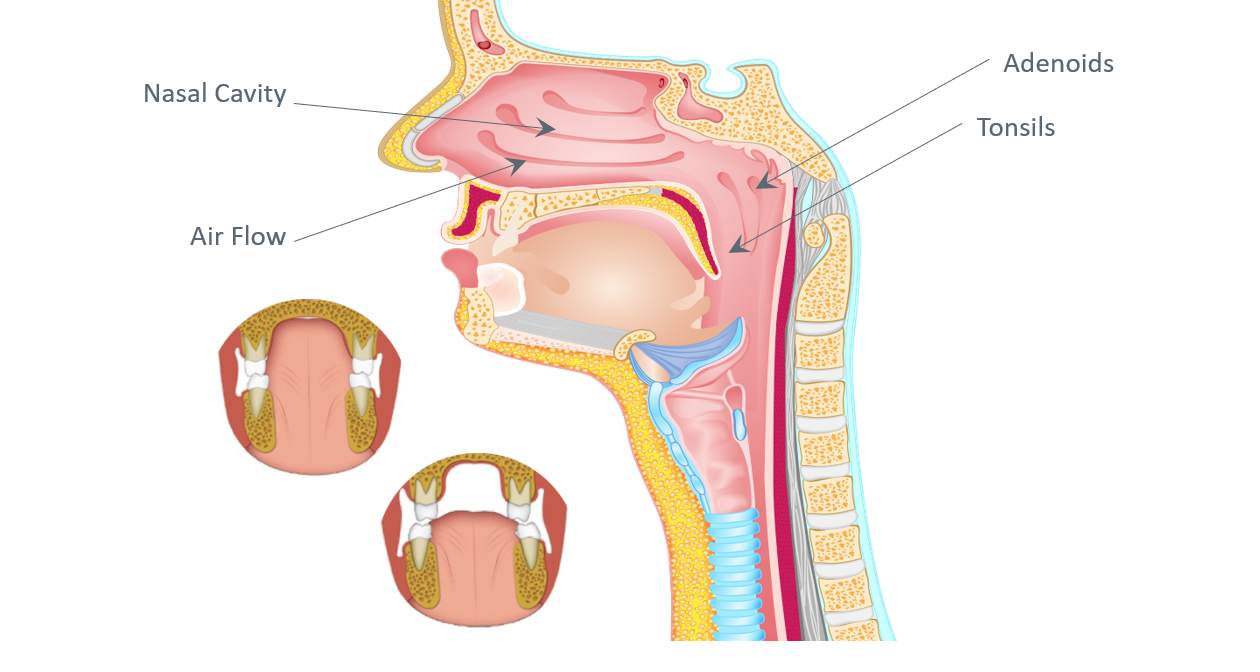Welcome to our patient education hub
We believe informed patients make confident decisions. Whether you're curious about biomimetic dentistry, airway health, or how technology supports diagnosis and treatment, you’ll find helpful resources here to guide you every step of the way.
In this video, Dr. Caulfield and our patient coordinator share insight into why you might be experiencing the symptoms that brought you to us—and how identifying and treating the root cause can lead to better health, long-term relief, and lasting results.
Q-and-a
Common Treatment Questions
What makes Epic Dentistry different than a typical dentist office?
We take a whole-body, airway-informed approach to dentistry. That means we don’t just treat teeth—we look at how breathing, jaw alignment, muscle function, and sleep quality impact your oral health. Our goal is always long-term function, comfort, and beauty.
Why is an airway-centered approach important?
An airway-centered approach means we look beyond just teeth and gums—we consider how your breathing, jaw position, and sleep quality impact your overall health. Many oral issues, like crowded teeth, grinding, or even frequent cavities, can be signs of a restricted airway or poor breathing habits.
By assessing your airway first, we’re able to get to the root cause of symptoms—not just treat them as they appear. This allows us to create care plans that improve not only your smile, but your sleep, energy, focus, and long-term well-being.
Does this mean your dentistry is more expensive?
Not at all. Our fees are competitive with other high-quality dental practices in the area. A cleaning is still just a cleaning—but what sets us apart is how we look at your oral health. Our team brings advanced training in airway, sleep, and TMJ to every patient interaction, so we’re not just checking boxes—we’re looking deeper for signs that could impact your long-term health.
You’re not paying more for every visit—you’re gaining the benefit of a more comprehensive, informed approach. That means fewer surprises down the road, more personalized care, and better outcomes overall.
What is biomimetic dentistry and why does it matter?
Biomimetic means “mimicking nature.” Instead of drilling away healthy tooth structure, we use advanced materials and techniques to rebuild teeth layer by layer—just like natural enamel and dentin. It’s a more conservative, longer-lasting way to protect your smile.
My child is still young--would they benefit from an airway or ortho consult?
Early evaluation—sometimes as young as age 3—helps us catch signs of poor oral habits, tongue ties, or narrow jaw development before bigger issues arise. Many children can avoid braces altogether with gentle orthopedic treatment that supports healthy growth and proper breathing.
See how advanced technology is transforming the way we diagnose, treat, and deliver real, lasting results—for smiles, breathing, and beyond.
get started
Small Changes, Big Impact: How to Support Better Sleep Tonight
Breathe Better
Practice Nasal Breathing
Breathing through your nose (instead of your mouth) is crucial for restful sleep. If you’re waking up with a dry mouth or sore throat, you might be mouth breathing at night. Consider trying mouth tape—a gentle, skin-safe tape placed over the lips at night to encourage nasal breathing. Start slowly, and only if you can breathe comfortably through your nose.
If nasal congestion is making it hard to breathe through your nose, a nasal spray (we recommend Xlear) or nasal strips/dilators (like Breathe Right® strips) might help open the airways.
Sleep better
Improve Your Sleep Hygiene
Good sleep habits can make a big difference. Here are a few basics to try:
- Keep your bedroom cool, dark, and quiet
- Avoid screens and heavy meals in the hour before bed
- Aim for a consistent sleep and wake schedule—even on weekends
- Limit caffeine and alcohol intake in the evening
Sleeping on your back can sometimes worsen snoring or airway collapse. Try sleeping on your side with a supportive pillow to keep your head and neck aligned.
Be Better
Treat The Root Cause
If you’ve tried these strategies and are still feeling groggy, snoring loudly, or being told you stop breathing during the night—it’s time for a more thorough look. A sleep exam can help uncover whether things like airway anatomy, tongue position, or jaw alignment are playing a role.
We’re here to help you get to the root cause and build a plan that leads to deeper, healthier sleep.
Watch & Learn
Videos From Dr. Caulfield





